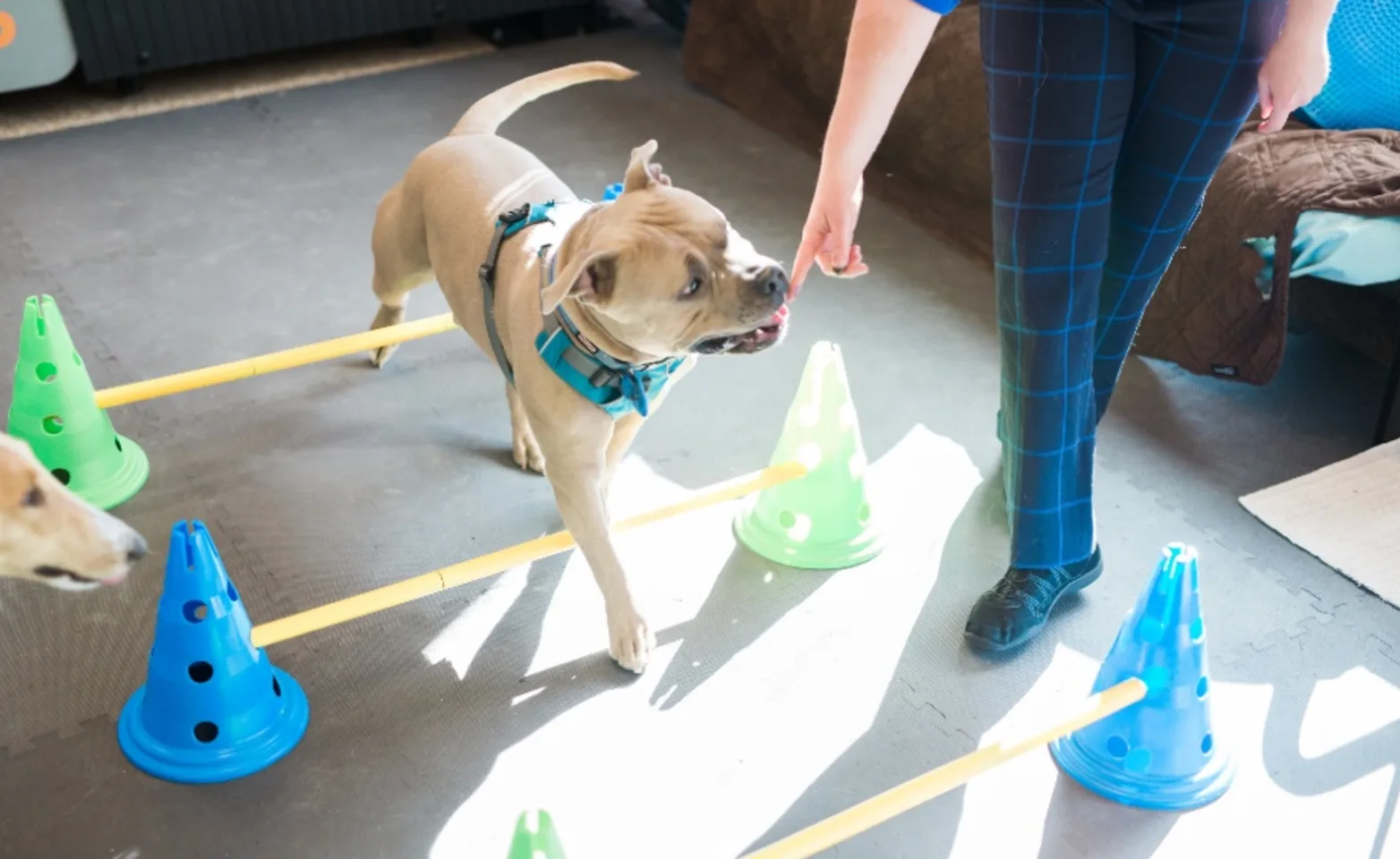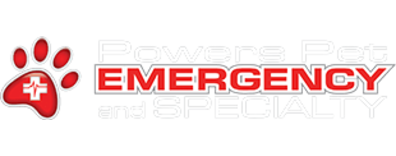Powers Pet Emergency & Specialty

Cat and Dog Rehabilitation in Colorado Springs
If your pet must undergo surgery, needs help recovering after an injury, or struggles with a condition such as arthritis, rehabilitation can help them live as actively and comfortably as possible.
Rehabilitation takes human physical therapy techniques and equipment and adapts them to the unique needs of dogs and cats, improving the function and mobility of their joints and muscles.
Contact us at (719) 473-0482 for a consultation visit with one of our experts.
Restoring Mobility and Enhancing Recovery
How physical rehabilitation can benefit pets
Veterinary rehabilitation can help produce healthier, more active pets—and happier pet parents. With a treatment plan tailored to your pet’s unique situation, rehabilitation can:
Improve range of motion in joints
Increase muscle strength
Speed functional recovery after surgery or trauma
Decrease swelling and pain
Maintain quality of life for aging pets or those with degenerative diseases
Reduce the risk of injury in canine athletes
Enhance fitness and conditioning
Aid in weight loss and reduce predisposition to certain illnesses
The conditions that rehabilitation can help
Research has shown that physical rehabilitation can hasten the healing process and help dogs return to optimal function after surgery. Some conditions can even be treated with rehabilitation alone, avoiding surgery. And when surgery isn’t an option, as in certain chronic conditions, rehabilitation can help keep muscles in shape to support function and quality of life.
The most common conditions for which we provide rehabilitation therapy include:
Strengthening and conditioning after orthopedic and spinal cord surgery
Managing chronic conditions such as arthritis, disc disease and pain
Recovery from soft-tissue injuries (sprains and strains)
Lameness, weakness, gait (walking) abnormalities
Weight management
The rehabilitation services we provide
After a thorough evaluation of your pet's medical history, current physical limitations, and lifestyle—and a discussion of your goals for your pet—we’ll develop a rehabilitation and pain management program tailored to your pet's unique needs. This rehabilitation program may include:
Hydrotherapy on an underwater treadmill: Pets with neurological conditions can gain mobility and motor function with this low-impact exercise; overweight and post-surgical patients can gain strength and movement using the buoyancy and resistance of the water
Manual therapy: Joints are mobilized in specific ways, such as through massage or myofascial tissue release, to restore range of motion and function
Cold laser therapy: A noninvasive procedure that uses light to stimulate cell regeneration, increase blood circulation, and promote healing
Customized therapeutic home exercise: Your pet performs passive and active exercises and activities to improve functional mobility and strength
Neuromuscular electrical stimulation (NMES) and transcutaneous electrical neuromuscular stimulation (TENS): These techniques use a low-level current that stimulates muscle contraction and helps to decrease swelling. It is helpful for preventing or treating muscle wasting due to disuse in neurological and orthopedic patients. NMES also aids in controlling muscle spasms and reducing pain.
Therapeutic ultrasound: A safe and effective method of stimulating the tissue beneath the skin’s surface using high-frequency sound waves; it may be used to treat muscle spasms, chronic inflammation, restricted range of motion, and musculoskeletal pain
Cryotherapy/heat therapy: The use of cold and heat for pain relief and to reduce swelling and inflammation
Splinting, bracing, orthotic and prosthetic fittings: Customized aids to support healing, improve function and manage musculoskeletal impairments
Wheelchair fittings: To help pets recover from certain surgical procedures, or to support mobility in animals suffering from paralysis
Sports physicals with strength and fitness training: Specialized resources for animal athletes
FAQs about physical rehabilitation for pets
Why is physical therapy important? Following any injury, orthopedic surgery or neurologic event in humans, rehabilitation starts almost immediately to help them regain function and mobility. The same holds true for pets. Our main objectives in physical rehabilitation are to restore function, improve performance, accelerate healing and decrease pain. We also aim to prevent orthopedic and soft-tissue injuries by helping pets gain and maintain fitness.
How can I tell if my pet is in pain? There are several things to look for that may indicate your pet is experiencing pain:
Introversion or not seeking attention
Less activity or playfulness
Change in personality (more irritable or agitated)
Panting more often
Decrease in appetite
Reluctance to go up or down stairs
Cats may stop grooming themselves
Falling or stumbling
Gait changes (limping or not bearing full weight)

